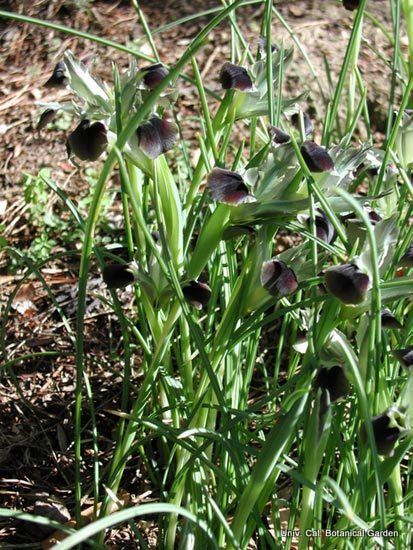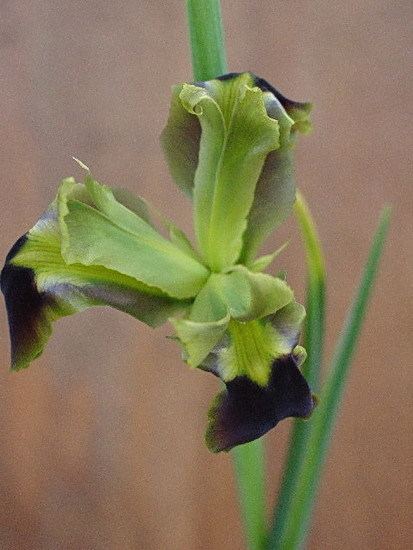Tribe Irideae Rank Species | Subfamily Iridoideae Higher classification Irises | |
Similar Irises, Iridaceae, Iris subg Limniris, Iris subg Scorpiris, Gynandriris | ||
Iris tuberosa is a species of non-rhizomatous plant of the genus Iris, with the common names snake's-head, snake's-head iris, widow iris, black iris, or velvet flower-de-luce.
Contents
Distribution
A native of the Mediterranean region, it is found in the northern Mediterranean littoral and western Europe.
Cultivation

It is grown from tuberous bulbs planted in the autumn. It grows best in full sun to partial shade, and requires well-drained soil. In can naturalise in grassy areas but grows well in rock gardens or containers. It is a common ornamental garden plant, flowering in early spring. It is rather tender in the UK.
Taxonomic history

After being split off from the Iris genus in the nineteenth century into a separate genus, Hermodactylus, it has most recently been returned to the genus Iris, following molecular studies at Kew. According to the proposed molecular classification of irises of Tillie, Chase and Hall, this species is now best seen as a member of the subgenus Hermodactyloides, the reticulate-bulbed bulbous irises.



